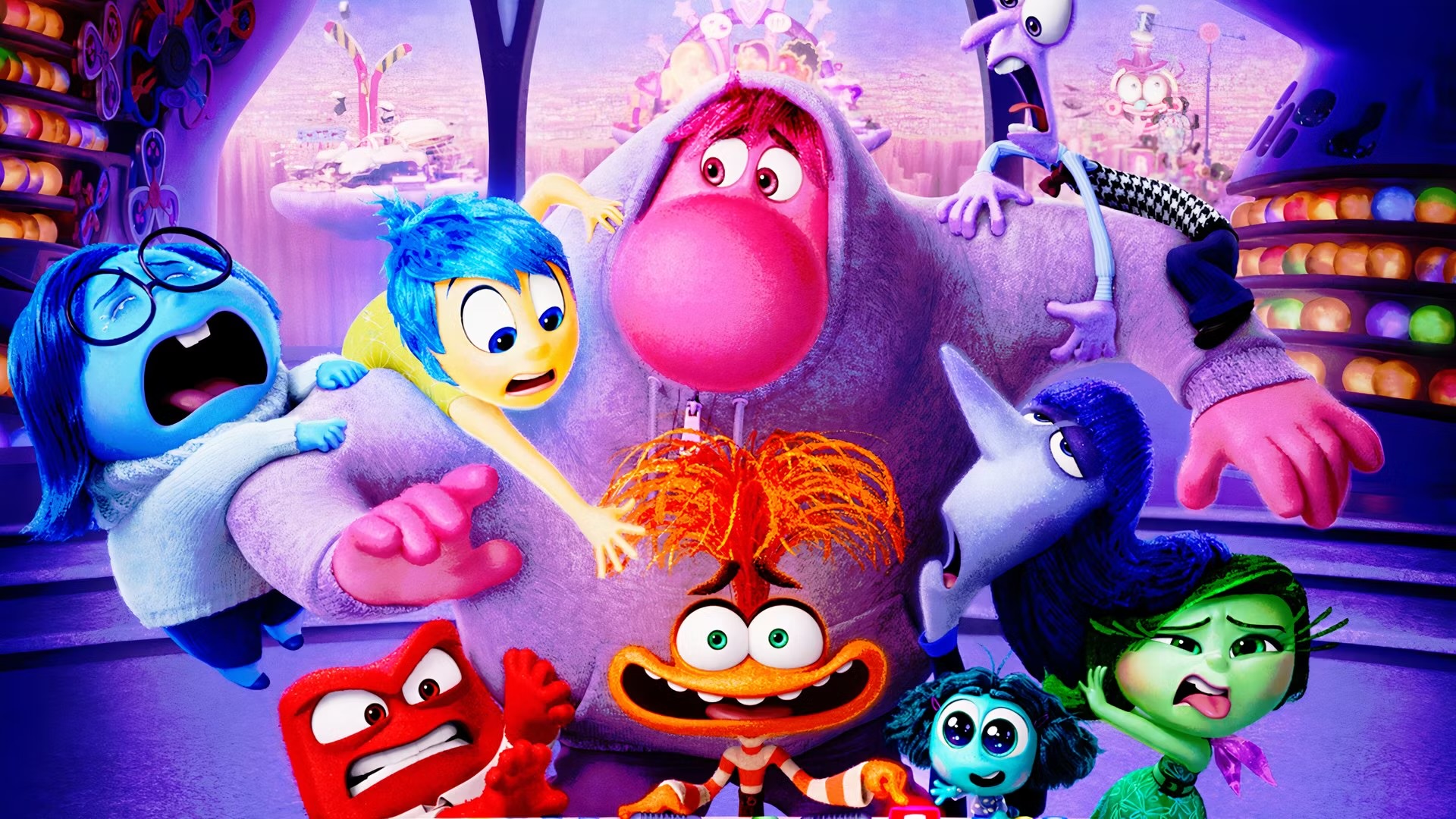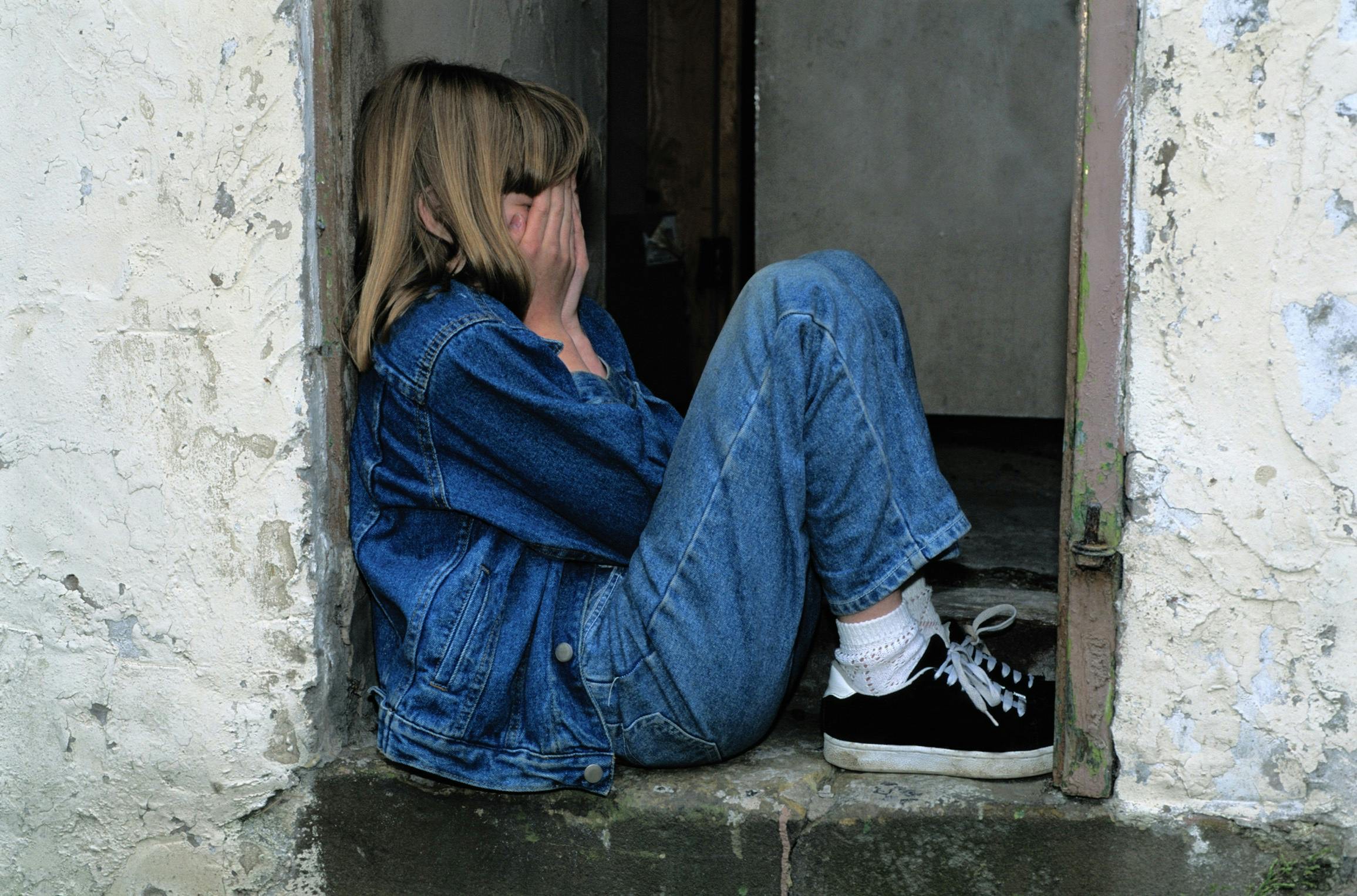
Childhood is often considered the foundation upon which the rest of our lives are built.
The experiences we have in our early years, whether positive or negative, play a critical role in shaping our beliefs, behaviors, and overall sense of self.
When a child endures trauma — whether it’s emotional neglect, physical or verbal abuse, or a lack of a safe and nurturing environment — it can leave deep imprints that echo into adulthood.
These early wounds often manifest as struggles with depression, anxiety, and other emotional challenges later in life.
Understanding how childhood trauma impacts the nervous system, the parts of ourselves that develop in response to that trauma, and our emotional landscape is essential in navigating the healing process.

The Nervous System and Trauma
To comprehend how childhood trauma affects us in adulthood, it’s crucial to first understand the role of the nervous system.
The nervous system is our body’s command center, regulating everything from our heart rate to our emotional responses. When we experience trauma as children, our nervous system reacts by entering a state of hyperarousal (fight or flight) or hypoarousal (freeze), depending on the perceived threat.

In a healthy scenario, these states are temporary, and once the danger has passed, the nervous system returns to its baseline state. However, in the case of chronic or severe trauma, the nervous system can become “stuck” in these heightened states.
This means that even in the absence of immediate danger, the body remains on high alert, continuously producing stress hormones like cortisol. Over time, this chronic state of arousal can lead to long-term physical and emotional consequences, including anxiety, depression, and a general sense of unease.

For example, a child who grew up in a household where they were constantly criticized or belittled may develop a hypervigilant nervous system. As an adult, this individual might struggle with pervasive anxiety, always anticipating rejection or criticism from others. Their nervous system, wired by early experiences, remains on guard, scanning for potential threats even in relatively safe environments.

One of the most illuminating frameworks for understanding how childhood trauma impacts adulthood is through the lens of Parts Work, particularly the Internal Family Systems (IFS) model.
According to IFS, our psyche is composed of various “parts,” each with its own roles and functions. Some parts are protectors, trying to keep us safe from emotional pain, while others are exiles, holding onto the deep wounds from our past. When a child experiences trauma, parts of their psyche develop to cope with the overwhelming emotions that the trauma generates.
For instance, a part might take on the role of a “perfectionist,” driven by the belief that if everything is done flawlessly, the child will be loved and accepted. Another part might become a “caretaker,” focusing entirely on the needs of others to avoid facing their own pain. These parts are not inherently negative; they form out of a need to protect the child from further harm.
These protective parts, formed to help the child survive, can become problematic in adulthood by continuing to operate as if the trauma is still present. This can lead to burnout, codependency, and behaviors that unintentionally perpetuate the cycle of trauma, preventing true healing.
The Emotional Impact of Childhood Trauma

Emotions are the language through which our parts communicate with us. They are powerful indicators of our internal state and can provide valuable insights into unresolved trauma. For individuals who have experienced childhood trauma, emotions like shame, guilt, anger, and sadness often become deeply entrenched.

Shame, in particular, is a common emotion among those who have experienced childhood trauma. A child who was made to feel unworthy or inadequate by their caregivers may carry that shame into adulthood, leading to issues with self-esteem and self-worth. This shame can manifest as depression, where the individual feels a pervasive sense of hopelessness and unworthiness.

Similarly, anxiety often stems from an unresolved fear that originated in childhood. If a child grew up in an unpredictable or chaotic environment, they may develop a constant sense of dread, worrying that something bad is always about to happen. This anxiety can persist into adulthood, making it difficult for the individual to relax or feel secure in their surroundings.
Understanding the emotional impact of childhood trauma is essential in the healing process. Emotions are not just symptoms to be managed; they are signals that something deeper needs attention. By tuning into these emotions, we can begin to understand the underlying parts that are still holding onto the trauma and start the work of healing.
Healing from Childhood Trauma: A Holistic Approach
Healing from childhood trauma requires a holistic approach that addresses the nervous system, the parts of ourselves that have developed in response to the trauma, and the emotions that continue to surface.
It’s not just about addressing the symptoms of distress, but about understanding how trauma has shaped your entire being.
A holistic approach to healing recognizes that these emotions are not just remnants of the past, but active parts of your present experience that require compassionate engagement.
By addressing all these layers — you create a comprehensive path toward healing that honors the complexity of your experiences and allows for genuine, lasting recovery.

Are you ready to heal & transform your life?






